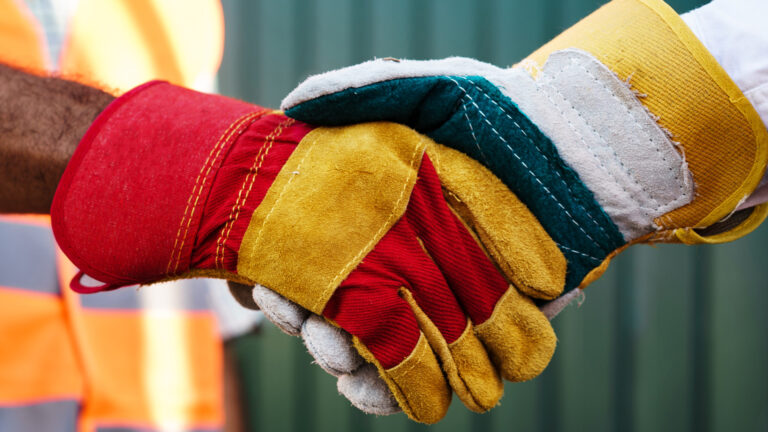Here’s what you need to think about when selecting gloves. Identifying actual or potential hand hazards.
- – How employees use their hands when they perform specific tasks
- – How often and how long they perform those tasks
- – How much manual dexterity is required for each task
- – How great the risk of exposure is for each hand hazard
- – How to ensure a good fit (because a glove that doesn’t fit right won’t protect correctly and may even create new hazards)
For example, you might be required to wear:
- – Leather gloves to protect against rough surfaces, sharp edges, and objects that can cut or puncture skin, and sparks and heat that can cause burns
- – Rubber gloves to protect hands from strong cleaning products and moisture, as well as to provide insulation when working with electricity
- – Disposable gloves for protection against mild skin irritants as well as bacteria and viruses
- – Chemical-resistant gloves (e.g., nitrile, neoprene, rubber, polyvinyl) to protect hands against hazardous chemicals (when the hazard is chemical, be sure to consult the MSDS for recommendations about glove selection)
- – Temperature-resistant gloves to protect against extreme heat or cold
- – Shock-absorbing gloves to protect against repetitive motion stress and vibration
OSHA Construction Standard 1926.95(a) Protective equipment, including personal protective equipment for … extremities … shall be provided, used, and maintained in a sanitary and reliable condition wherever it is necessary by reason of hazards of processes or environment, chemical hazards, radiological hazards, or mechanical irritants encountered in a manner capable of causing injury or impairment … through absorption, inhalation or physical contact.




